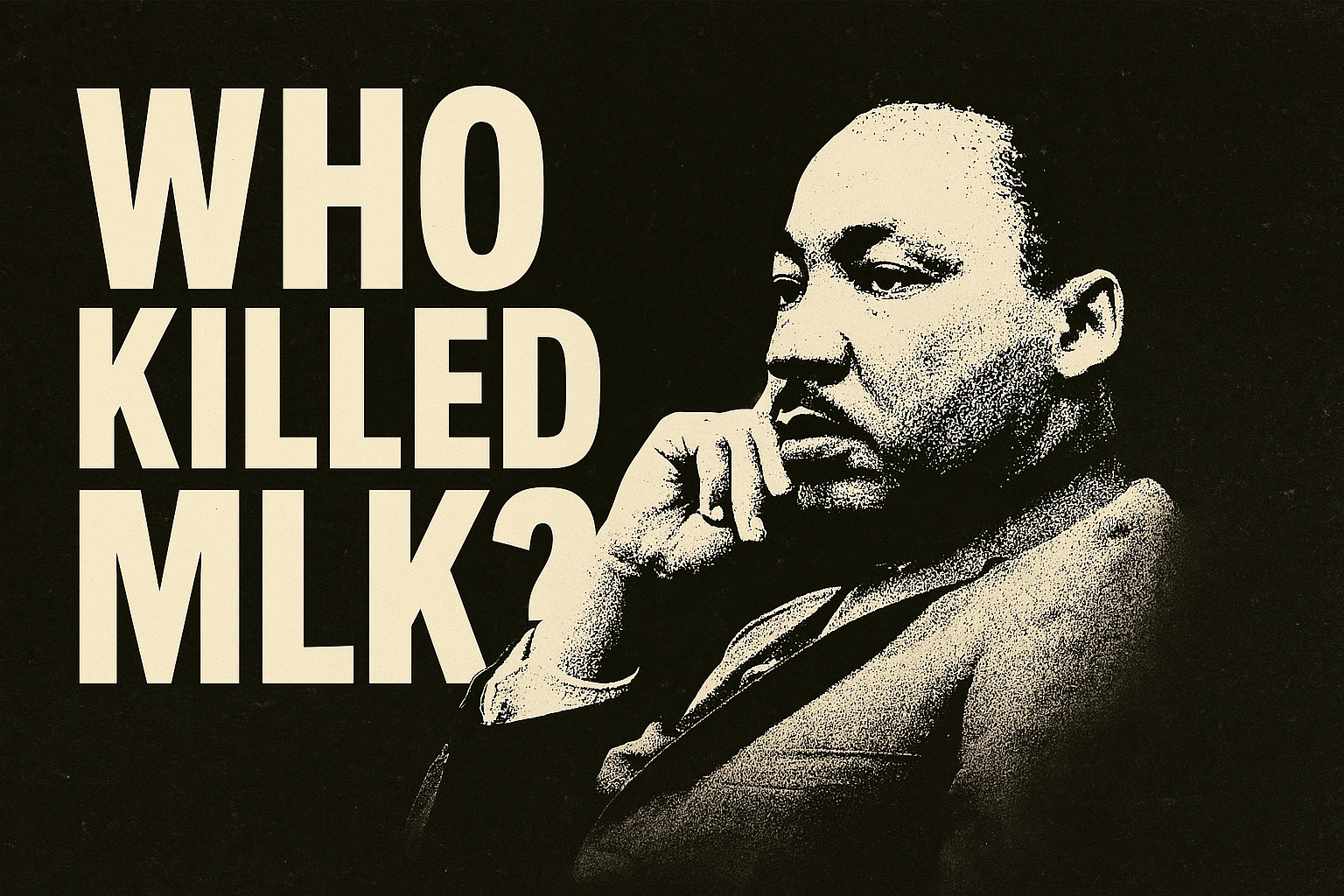He confessed, then recanted. Was James Earl Ray a lone racist drifter-or a pawn in something larger?
🚪 A Convenient Ending
When Martin Luther King Jr. was assassinated on April 4, 1968, James Earl Ray was named, captured, and convicted within weeks. He confessed. He was sentenced. And that was that.
Except it wasn’t.
The 2025 declassified files suggest that what we’ve been told for 55 years may be incomplete-or entirely misleading.
🧠 Who Was James Earl Ray?
Officially:
A small-time criminal, racist loner, and escaped convict who pulled off the assassination of the most heavily surveilled Black leader in America… with no help.
Unofficially:
According to multiple documents in the 2025 release, Ray may have been:
- Under surveillance himself in the months before the assassination
- In contact with unknown intermediaries who paid for his travel and weapons
- Possibly connected to figures previously under CIA or Army Intelligence scrutiny
📁 What the New Files Show
The 2025 batch includes:
- An FBI memo from 1968 titled “Operation Lantern Spike”, mentioning monitoring of “target suspects converging on Memphis” two days before MLK was shot-Ray’s name is included in a redacted list
- CIA cables from Mexico City noting Ray’s attempts to travel to Rhodesia using a false passport, and asking whether to flag the State Department-they didn’t
- A Department of Justice internal note from 1979: “Ray’s movements between April 1–4 remain unverified. Surveillance inconsistencies unresolved.”
🔍 Ray’s Confession-and Retraction
James Earl Ray pled guilty to avoid the death penalty. Days later, he publicly recanted and claimed he had been manipulated by a mysterious figure he called “Raoul.”
The new files don’t confirm Raoul’s identity-but they do reveal:
- The FBI had at least two open case files on men matching Raoul’s description operating in Canada and New Orleans in early 1968
- One memo recommended deeper investigation into Raoul’s possible role as a handler or financier-it was marked “Not a priority” and shelved
- Polygraph results from Ray’s 1977 re-test were “inconclusive with signs of stress, but not deception”-a detail never previously released
🧩 The Bigger Picture: Why It Matters
If James Earl Ray wasn’t acting alone, or was directed by someone else, then:
- The official story was manufactured for closure, not accuracy
- Potential co-conspirators were either ignored or protected
- The assassination may have been tactically convenient to multiple institutions that viewed MLK as a destabilizing force
This isn’t about rewriting history.
It’s about finally reading the pages we weren’t allowed to see.
🔚 An Open Case Wearing a Closed Verdict
Ray died in prison in 1998. The government always maintained he acted alone.
But in 2025, the documents say otherwise. Not overtly. But subtly, in the things they redact, contradict, and almost-almost-admit.
So ask yourself:
If they really believed Ray acted alone… why keep these files sealed for six decades?

Leave a Reply